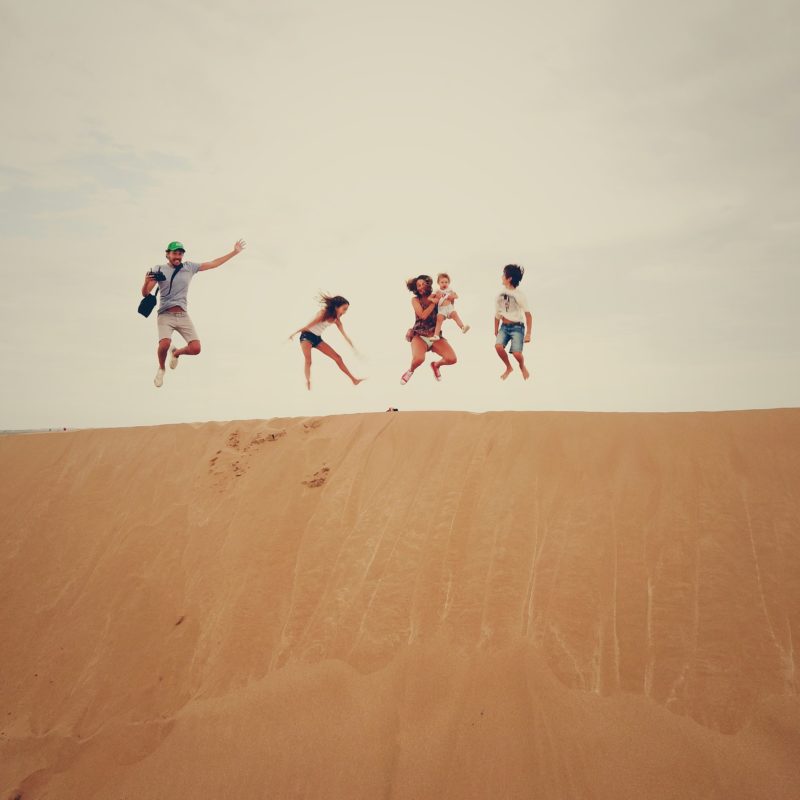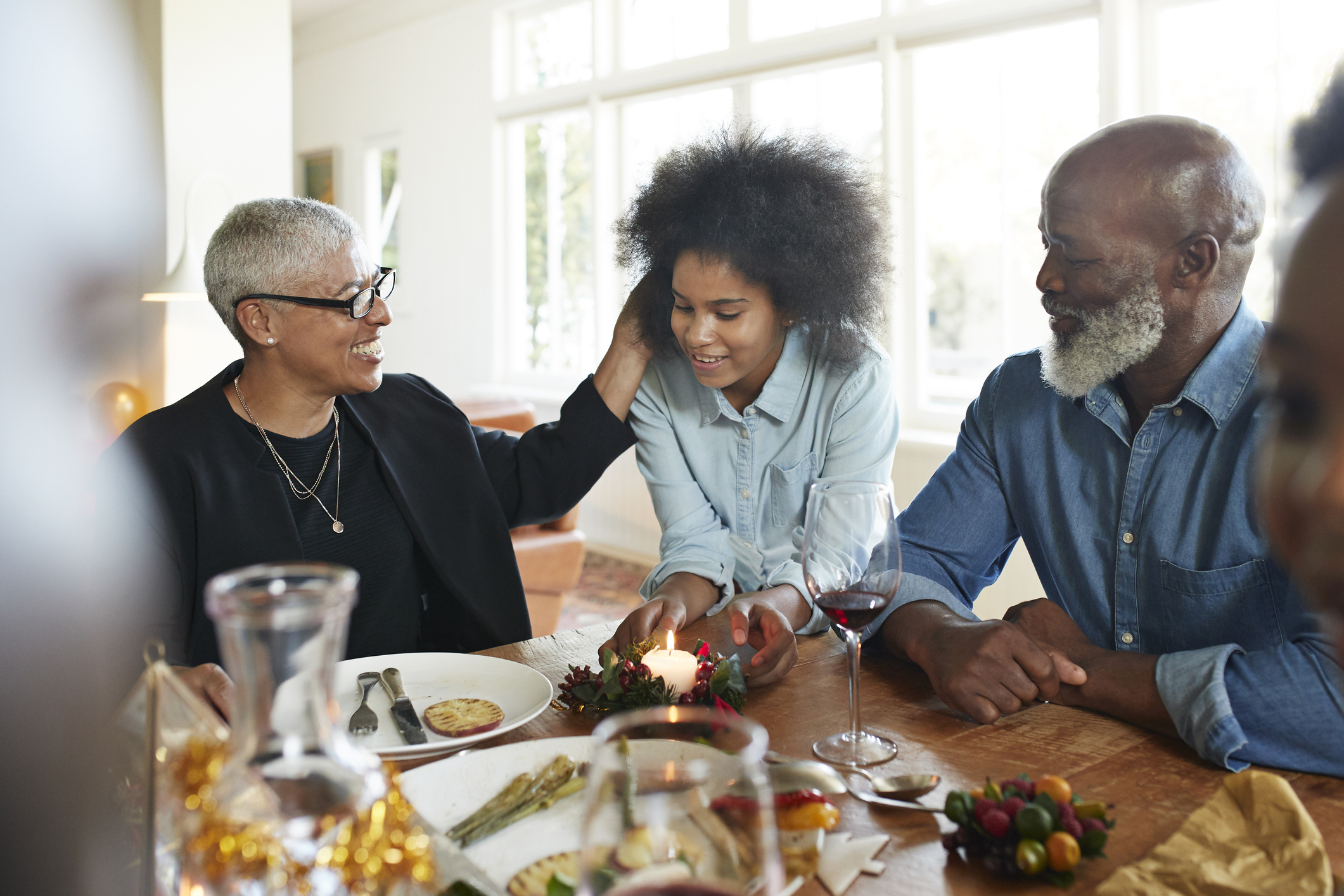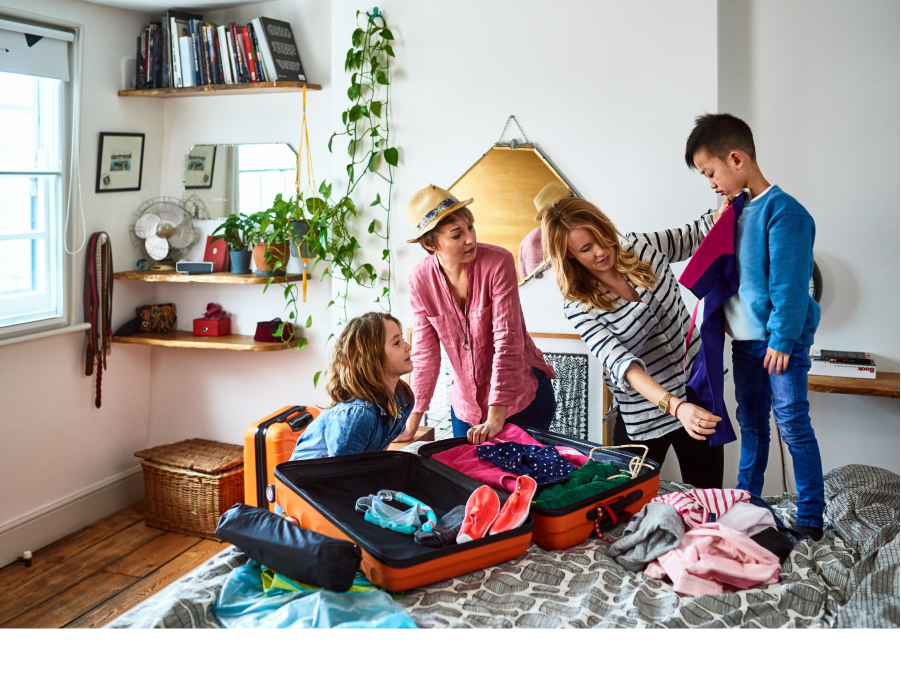Let’s face it. Travel has become…complicated. Our long-awaited vacations, and even simple weekend getaways, now come equipped with COVID-19 tests, navigating ever-changing regulations, obsessing over whether we’re masked and distanced enough for safety, and/or worrying about contracting or spreading anything nasty. Air travel, hotels, large public spaces—we all have to weigh the risks when considering whether or not to venture out.
During the first wave of the pandemic in 2020, much of the world found themselves in some form of lockdown. It was a lonely, frightening time, and it took a toll on businesses right alongside our mental states. Not surprisingly, the travel industry was hit particularly hard. Analysts estimate that international air arrivals declined by a staggering 74% that year, accounting for $1.3 trillion in losses, and for most of us, an increased sense of isolation.
As vaccines became readily available and things began to slowly open back up, folks were more than ready to get out into the world. And near the top of most travelers’ minds was reconnecting with loved ones. But what was the best way to go about that in the midst of all the turbulence? Enter VFR travel.
What is VFR Travel?
VFR (Visiting Friends and Relatives) is a term coined by the tourism industry to describe the behavior of anyone whose primary motivation for traveling is to visit, you guessed it, friends and relatives. Most of these trips include, at least in part, staying with these connections in lieu of a hotel, bed and breakfast, AirBnB, etc.
A VFR stay is generally defined as being a certain distance and duration from home, not just passing out on your in-laws’ couch after one too many peach schnapps spritzes at Thanksgiving dinner. It’s more like flying back home to New England to see your aunt and uncle. Or road tripping to Nevada to crash with your old college roommate. Or jet setting to Guatemala for your annual girls trip.

Trends in VFR Travel
Though staying with friends and family while traveling is nothing new, there has been a steady rise in VFR travel globally in the last decade due to a host of factors, including increased globalization, cheaper and more readily-accessible transportation, and more people migrating to other countries and wanting to visit relatives back home, just to name a few.
Though it took a dip along with all other travel during the worst of the pandemic, VFR travel is making a quick comeback. Currently, GlobalData reports that VFR ranks as the number two stated reason for travel behind leisure. However, they also estimate that VFR travel will grow at a higher rate than leisure travel over the next four years. Seems like folks are catching on to its benefits!


The Beauty of VFR Travel
What do we love about VFR travel? So many things. It’s a great way to save money on lodging, or to provide that savings to someone that you care about. It’s a more personal, meaningful way to experience a place and can lead to deeper relationships. It stimulates local economies by taking saved money and investing it in restaurants, shops, and other experiences. It opens up the opportunity to travel further and stay longer in places many might find out of reach otherwise.

Where We Fit In
At Two Degrees, our goal is to make it as simple and convenient as possible for both visitors and hosts to reap the benefits of VFR travel. Anyone can list their home as a place for other Two Degrees users, be them friends and family or Two Degree (friends of friends) connections, to stay. Everyone sets their expectations on the front end to help preempt conflict or awkwardness. And the more you use the platform, the more chances you’ll have to find new adventures in places you’ve always wanted to visit.
Click here for a full rundown of how Two Degrees works.





